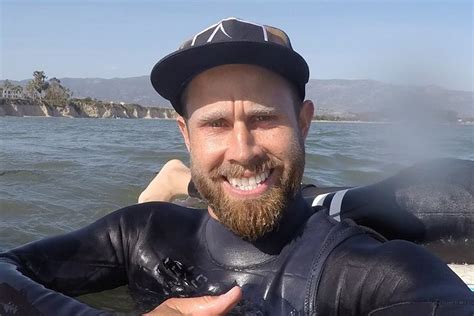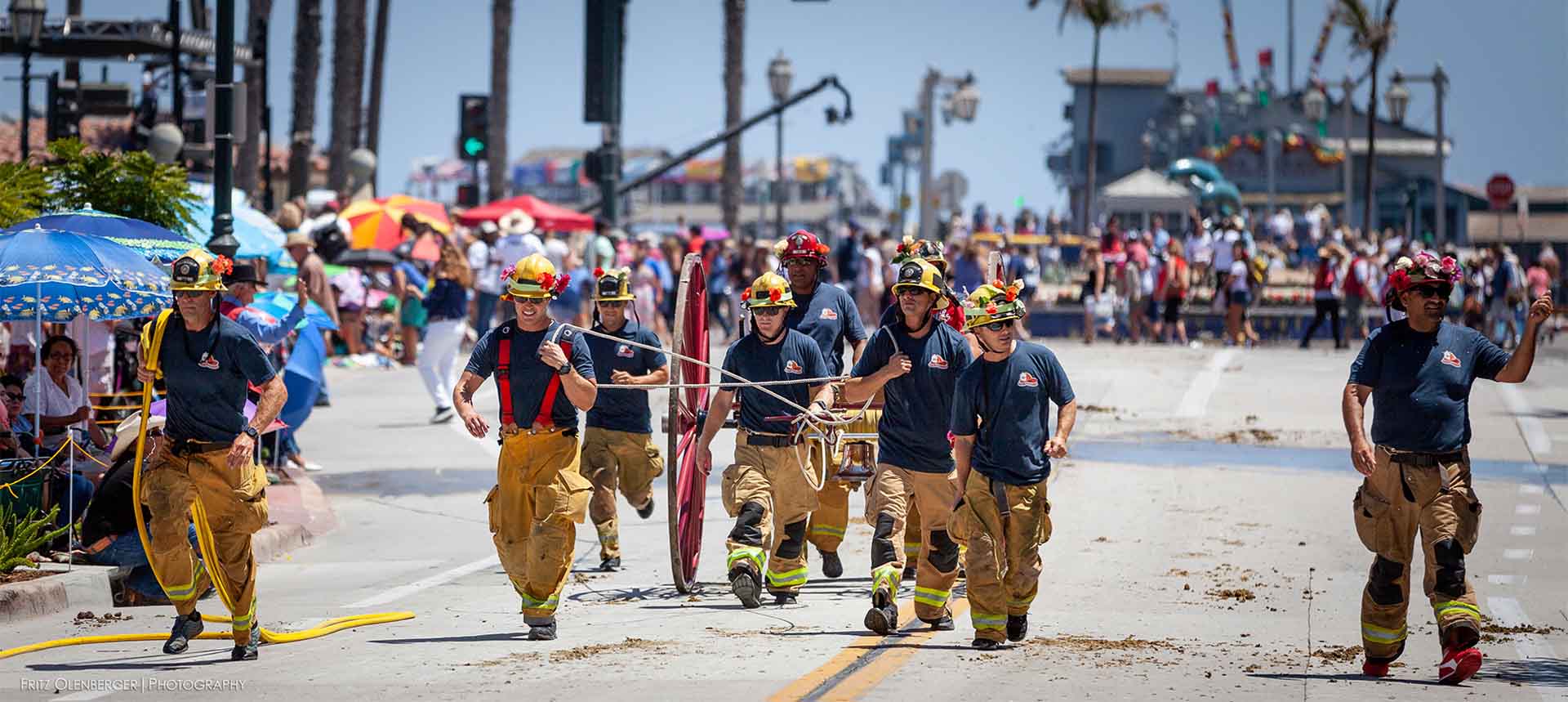The case of Matthew Taylor Coleman is a complex and disturbing one, involving themes of conspiracy theories, violence, and the darker aspects of human psychology. Coleman, a California surfer and father of two, made international headlines in 2021 for a crime that shocked his community and raised profound questions about the influences of online content and the blurred lines between reality and delusion.
At the heart of the case is a mix of factors, including Coleman’s embrace of QAnon conspiracy theories, his reported belief in the idea that his wife was possessed by a serpent and that his children had serpent DNA, and the tragic consequence of these beliefs: the murder of his two children, ages 2 and 10 months, in a horrific act that he allegedly believed was necessary to save the world from evil.
The story begins with Coleman, who was known in his community as a devoted father and husband, but beneath the surface, he was grappling with a deteriorating mental state, heavily influenced by the deep dive he had taken into QAnon and similar conspiracy theories. These theories, which span a wide range of claims including the existence of a cabal of pedophilic elites controlling world events, have been debunked repeatedly but continue to attract adherents who often become isolated from mainstream society and facts.
Coleman’s descent into this world of conspiracy is a stark reminder of the power of the internet to shape beliefs, often in dangerous ways. Platforms that allow for the dissemination of information without adequate checks for truth or harm have been criticized for enabling the spread of such theories, which can lead to real-world violence and tragedy.
The implications of the Coleman case extend beyond the criminal and psychological aspects, touching on broader societal issues. It highlights the need for a more nuanced understanding of how online content can influence mental health and the potential for radicalization that exists within the depths of the internet. It also poses challenging questions about responsibility: of the individuals who create and disseminate harmful content, of the platforms that host it, and of the community that may miss the signs of someone spiraling into dangerous beliefs.
In analyzing this case, experts point to the insidious nature of conspiracy theories and their ability to make the unbelievable seem not only plausible but necessary. Coleman’s actions, as incomprehensible as they are to most, were likely the culmination of a process where fantasy and reality became completely intertwined in his mind, driven by a constant exposure to validating narratives online.
The aftermath of such tragedies also underscores the importance of addressing mental health support, critical thinking in the digital age, and community vigilance. It calls for a compassionate but firm approach to those who are vulnerable to such influences, recognizing the complexity of factors at play.
As the world grapples with the aftermath of Coleman’s actions, it’s clear that this case will serve as a stark warning about the dangers of unchecked misinformation and the devastating consequences of allowing conspiracy theories to guide one’s actions. It emphasizes the need for engaged and responsible communities, both online and offline, that can provide support, fact-based information, and a safeguard against the slide into dangerous delusions.
The Coleman case underscores a critical challenge of the modern era: balancing the freedom of information with the need to protect individuals and society from harmful content. It's a reminder that the effects of online radicalization are not limited to political extremism but can penetrate deep into personal beliefs and actions, with tragic consequences.
FAQ Section
What role did QAnon conspiracy theories play in Matthew Taylor Coleman’s actions?
+Coleman’s beliefs, as influenced by QAnon and similar conspiracy theories, allegedly led him to believe his children were in danger due to serpent DNA, prompting the tragic actions he took. These theories, though baseless, can lead to a distorted view of reality and violent actions.
How does the Coleman case highlight the need for online responsibility?
+The case underscores the necessity for platforms to regulate and curb the spread of harmful and false information. It also emphasizes the role of the community in identifying and supporting individuals who may be falling into dangerous beliefs, and the importance of mental health support.
What steps can be taken to prevent similar tragedies in the future?
+Prevention involves a multi-faceted approach, including improving online content moderation, enhancing community support and vigilance, promoting critical thinking and media literacy, and ensuring access to mental health services. It’s also crucial to address the root causes of radicalization and the factors that make individuals vulnerable to misinformation.



